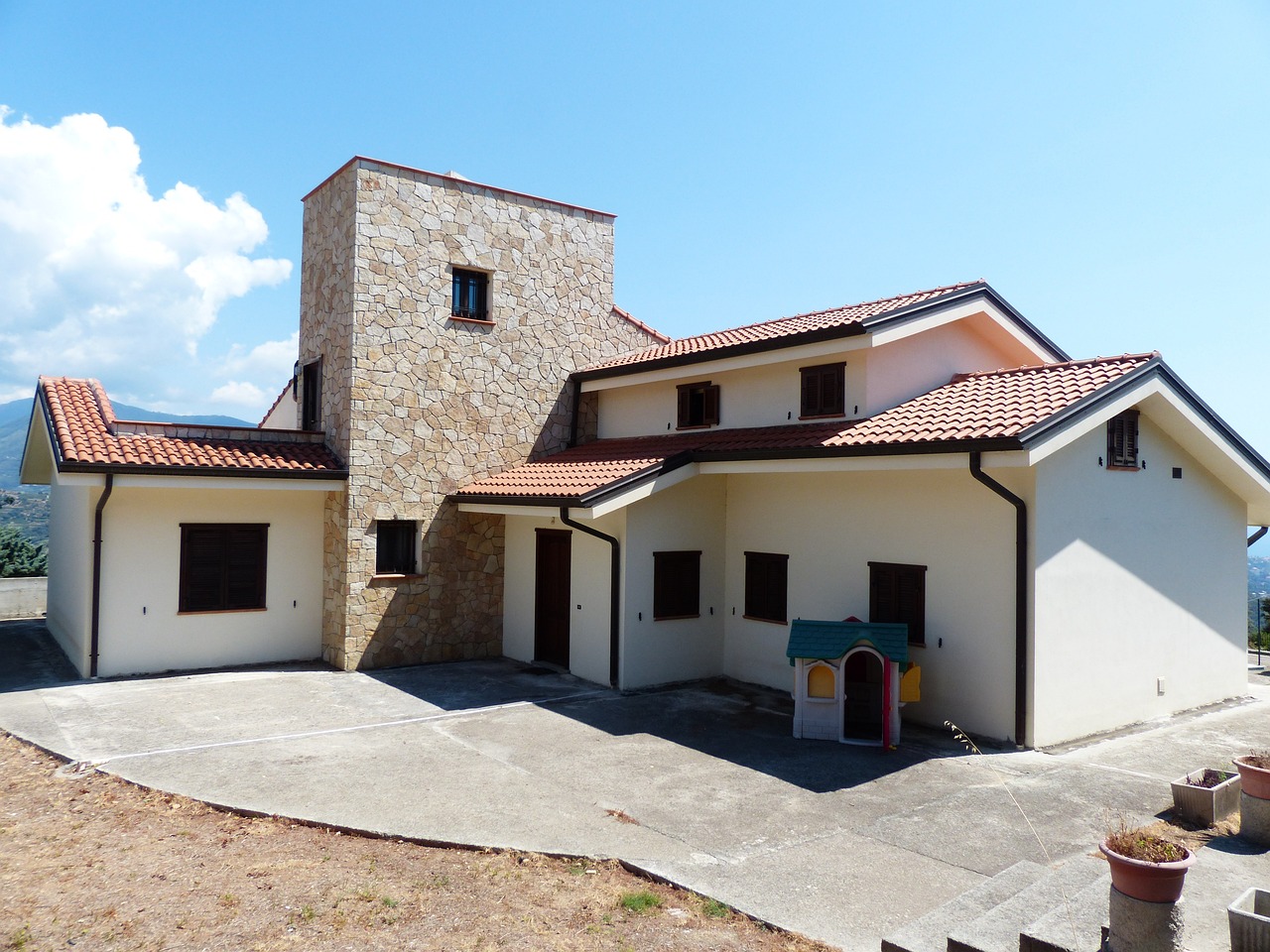Tips for Designing a Home Gym That Fits Your Fitness Goals
Designing a home gym requires thoughtful consideration of space, budget, and personal fitness goals. Before diving into the design process, it’s important to assess the available area in your home where you plan to set up your gym. Consider the layout, lighting, and ventilation of the space to ensure it is conducive to your workout routines.
Additionally, determining your budget for setting up a home gym is crucial. Research equipment costs and factor in any additional expenses such as flooring, mirrors, or storage solutions. Setting a realistic budget will help you prioritize essential items and avoid overspending on equipment that may not align with your fitness needs.
Assessing Your Fitness Goals and Needs
When it comes to creating your own home gym, the first step is to properly assess your fitness goals and needs. Understanding what you want to achieve through your workouts will help you tailor your equipment selection to meet those objectives. Whether you aim to build strength, improve cardiovascular health, or increase flexibility, identifying your priorities is essential in shaping your home gym setup.
Consider factors such as your current fitness level, any existing injuries or limitations, and the types of exercises you enjoy doing. By taking stock of these elements, you can determine the most suitable equipment for your workouts. Additionally, reflecting on your preferred workout styles, whether it’s weightlifting, cardio, or bodyweight exercises, can guide you towards choosing the right tools to support your fitness journey.
Choosing the Right Equipment for Your Workouts
When it comes to setting up your home gym, selecting the right equipment is crucial to ensure you can effectively achieve your fitness goals. Before making any purchases, take some time to assess the types of workouts you enjoy and the specific areas of your body you want to target. This will help you determine the essential equipment needed to tailor your workouts to your fitness needs.
Consider the space available in your home gym and choose equipment that fits comfortably within that area without feeling cramped or cluttered. Opt for versatile pieces of equipment that allow you to perform multiple exercises to maximize the benefits of your workouts. Additionally, make sure to invest in quality equipment that is durable and built to last, as this will save you money in the long run and provide a safer workout environment.





